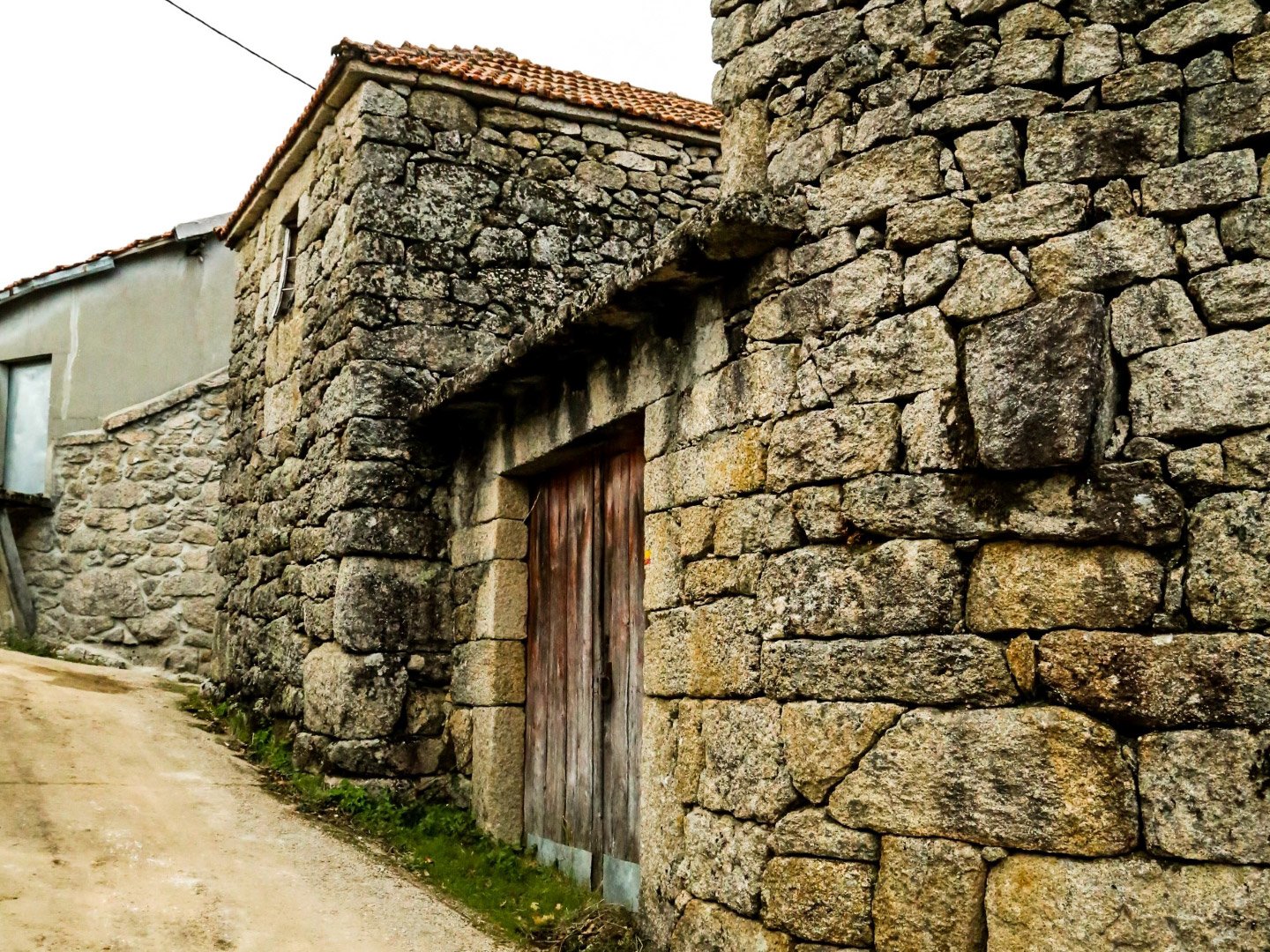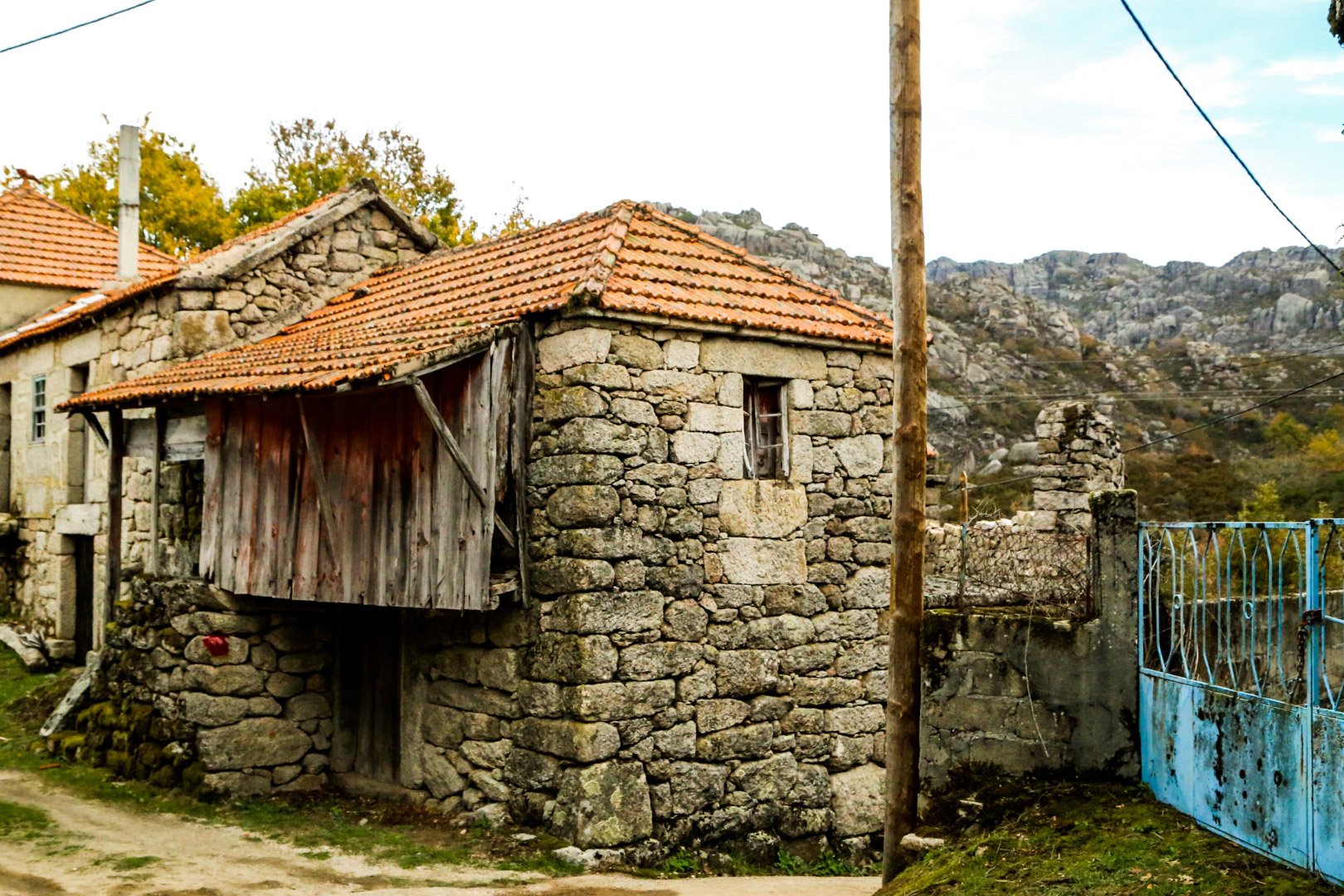Assureira is one of the largest inverneiras (seasonal settlements where the local people passed the winters) and is located on the right bank of the river Castro Laboreiro, the side of the valley that provides the populations better areas for cultivation and pastures. It is situated in a relatively sheltered location, about 750 meters above sea level. The people that lived here in the winters between Christmas and Easter, came from several different upland settlements (brandas), namely Adofreire, Antões, Falagueiras and Queimadelo; as a result families did not maintain the same neighbourhood relationships throughout the year. On the other hand, there seems to have been a certain tendency for families coming from the brandas on one side of the valley to settle in the invernais on the same side of the river, revealing a certain discipline in the organization of the settlement and the use of the land and its resources.
Concerning the architecture of the dwellings, a relative homogeneity is apparent in the arrangement of the less altered buildings. The houses are usually organized on two floors, with a space for the animals and implements on the ground floor and the living area on the upper floor. Access to the living area of the house is usually achieved by an external staircase and the interior was composed of one or more divisions, with a fireplace. Another characteristic of the houses is the presence of a covered porch or a wooden balcony which served as a shelter for implements, firewood and straw. The walls of the houses are in stone and masonry, taking advantage of the local abundance of granite. In the vicinity of the houses are small vegetable gardens giving involvement to the local people and creating a cosy atmosphere to the place.
Another feature that can be found in the invereiras are the small open squares, usually near the chapel or, failing this, in another spot in the hamlet that served for socialization (sometimes near the communal oven or the fountain, frequented by people).
Noteworthy is one house in Assureira that combines elements of Manueline style architecture (a window lintel, decorated with a scallop and two stars), the only such one known in the parish. It is presumed that the house's lintel and the Manueline fragments (carved in the XVI century) should correspond to the original building of São Brás chapel, modified in the 18th century.












